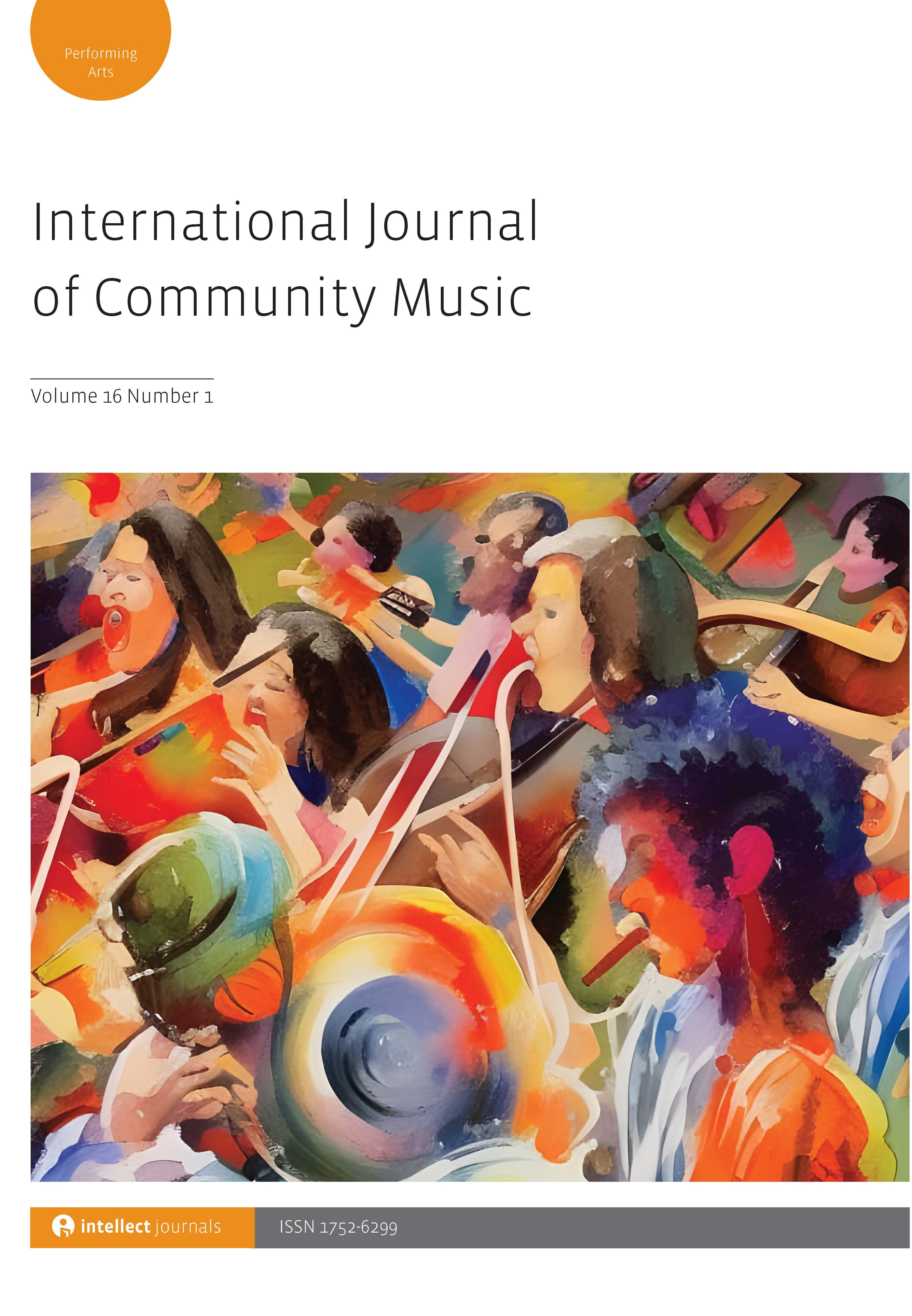
Full text loading...
 , Jack Flesher1
, Jack Flesher1 , Juliana Cantarelli Vita2
, Juliana Cantarelli Vita2 , Patricia Shehan Campbell1
, Patricia Shehan Campbell1
This article considers the musical lives of eleven US-based families, micro-communities of sorts, as they were affected by the COVID-19 pandemic and associated physical isolation directives. With a focus on family pods as sites and sources of community, we employed processes of virtual ethnography including interviews, observations and the distribution of cameras to help empower participants, especially the children, to become active collaborators in a research study called Project COPE. Families indicated that musical practices during this time of learning, listening, moving and creating with instruments, voices and one another served a variety of purposes. These included self-regulation, identity formation, transmission, social cohesion, emotional bonding, embodied communication, well-being and a recognition of communal music expression as a human need. We note that in some cases, this rupture has been an opportunity for refocusing, reworking and re-envisioning in ways that impact community music practice. In returning to in-person music making, practitioners should be aware of the creative ways in which families were musically active during this time apart. We urge diligent community musicians to continue responsive practices in relation to the ways in which families facilitate their own musical lives and community in the home.

Article metrics loading...

Full text loading...
References


Data & Media loading...

Publication Date:
https://doi.org/10.1386/ijcm_00060_1 Published content will be available immediately after check-out or when it is released in case of a pre-order. Please make sure to be logged in to see all available purchase options.